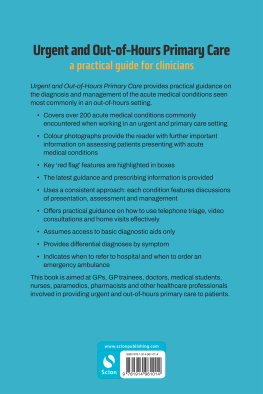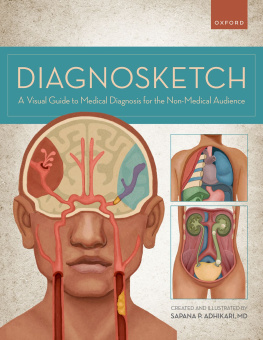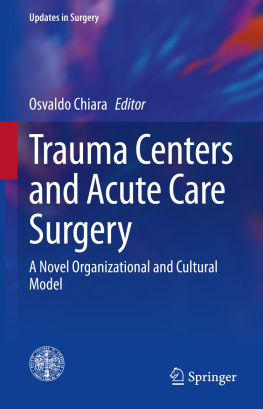

Publishers Notice
The American College of Emergency Physicians (ACEP) makes every effort to ensure that contributors and editors of its publication are knowledgeable subject matter experts and that they used their best efforts to ensure accuracy of the content. However, it is the responsibility of each reader to personally evaluate the content and judge its suitability for use in his or her medical practice in the care of a particular patient. Readers are advised that the statements and opinions expressed in this publication are provided as recommendations of the contributors and editors at the time of publication and should not be construed as official College policy. ACEP acknowledges that, as new medical knowledge emerges, best practice recommendations can change faster than published content can be updated. ACEP recognizes the complexity of emergency medicine and makes no representation that this publication serves as an authoritative resource for the prevention, diagnosis, treatment, or intervention for any medical condition, nor should it be used as the basis for the definition of or the standard of care that should be practiced by all health care providers at any particular time or place. To the fullest extent permitted by law, and without limitation, ACEP expressly disclaims all liability for errors or omissions contained within this publication, and for damages of any kind or nature, arising out of use, reference to, reliance on, or performance of such information.
Copyright 2019, American College of Emergency Physicians, Dallas, Texas. All rights reserved. Printed in the United States of America. Except as permitted under the United States Copyright Act of 1976, no part of this publication may be reproduced or distributed in any form or by any means or stored in a database or retrieval system without prior written permission of the publisher.
To contact ACEP, call 800-798-1822 or 972-550-0911, or write to PO Box 619911, Dallas, TX 75261-9911, or visit bookstore.acep.org . Your comments and suggestions are always welcome.
ISBN: 978-1-7327486-4-4
Senior Editor, Marta Foster
Managing Editor, Ram Khatri
Design and Production, Kevin Callahan
Cover Design, James Normark
Copyediting, Mary Anne Mitchell, ELS
Proofreading, Wendell Anderson
Indexing, Judith McConville
About the Editors
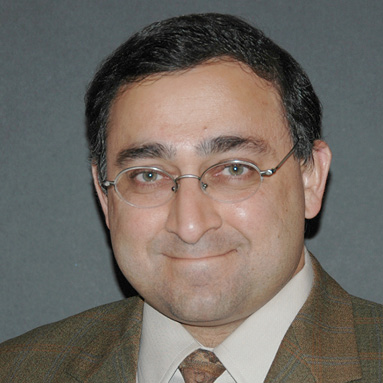
Amal Mattu, MD, FACEP
Dr. Mattu completed an emergency medicine residency at Thomas Jefferson University Hospital in Philadelphia, after which he completed a teaching fellowship with a special focus on emergency cardiology. Since joining the faculty at the University of Maryland in 1996, he has received more than 20 teaching awards including national awards from the American College of Emergency Physicians, the American Academy of Emergency Medicine, the Council of Residency Directors in Emergency Medicine, and the Emergency Medicine Residents Association; and local honors including the Teacher of the Year for the University of Maryland at Baltimore campus and the Maryland State Emergency Physician of the Year Award. He is a frequent speaker at major conferences on topics pertaining to emergency cardiology and electrocardiography, having provided over 2,000 hours of instruction to providers in different specialties at national and international meetings. Dr. Mattu has authored or edited 20 textbooks in emergency medicine, and he is the editor-in-chief of ACEPs text Cardiovascular Emergencies. Dr. Mattu is currently a tenured professor, vice chair, and director of the Faculty Development Fellowship and co-director of the Emergency Cardiology Fellowship for the Department of Emergency Medicine at the University of Maryland School of Medicine.
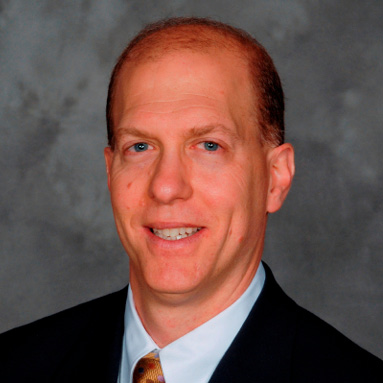
Jeffrey A. Tabas, MD, FACEP
Dr. Tabas is a professor of emergency medicine at University of California San Francisco (UCSF) School of Medicine and practices in the emergency department at San Francisco General Hospital. He is an active educator and researcher in electrocardiography and cardiovascular emergencies, having lectured and published extensively on these topics. Dr. Tabas serves as a director in the UCSF Office of Continuing Medical Education and as director of faculty development for the UCSF Department of Emergency Medicine. He received his undergraduate training at Brown University and his medical training at the University of Pennsylvania. He trained in both internal medicine and emergency medicine at the University of California Los Angeles. He is a member of the UCSF Academy of Medical Educators and is past chair of the Education Committee of the American College of Emergency Physicians (ACEP). He has been recognized with numerous teaching awards, including the 2013 ACEP Outstanding Contribution in Education Award, a career achievement award presented to the ACEP member who has made a significant contribution to the educational aspects of the specialty. He previously served as editor of an electrocardiography section for JAMA Internal Medicine and currently serves as editor of an electrocardiography section for Annals of Emergency Medicine.

William J. Brady, MD, FACEP, FAAEM
Dr. Brady is a practicing emergency physician at the University of Virginia in Charlottesville; he is residency trained in emergency medicine and internal medicine. He is a tenured professor of emergency medicine, internal medicine, and nursing as well as the David A. Harrison Distinguished Educator at the University of Virginia School of Medicine (UVA). At UVA, he serves as the medical director of Emergency Management and chair of the Resuscitation Committee; in the community, he functions as the operational medical director of Albemarle County Fire Rescue. He is the associate editor of the American Journal of Emergency Medicine. Dr. Brady is actively involved in the instruction of health care providers on many topics, with a particular focus on the electrocardiogram in the prehospital, emergency department, and other acute/critical care settings with lectures delivered regionally, nationally, and internationally. He has also published numerous scholarly works (original research, reviews, annotated bibliographies, invited editorials, guidelines, book chapters, and textbooks), addressing the electrocardiogram and its use by emergency physicians. Additionally, he has contributed to clinical policy guidelines for the American College of Emergency Physicians and the American Heart Association. Dr. Brady lives in Charlottesville, Virginia, with his family; he is active in the community, working in volunteer capacities in public safety and community athletics.
Dedications
I would like to thank my wife, Sejal, for her constant support and encouragement; I thank my children, Nikhil, Eleena, and Kamran, for always reminding me of my proper priorities in life; I thank the residents, and students at the University of Maryland School of Medicine for providing me the inspiration for the work I do every day; I thank Dr. Brian Browne for being the most supportive chairman an educator could wish for; and finally, thanks to my colleagues and mentors, who continue to exemplify what I hope one day to become.
Next page

